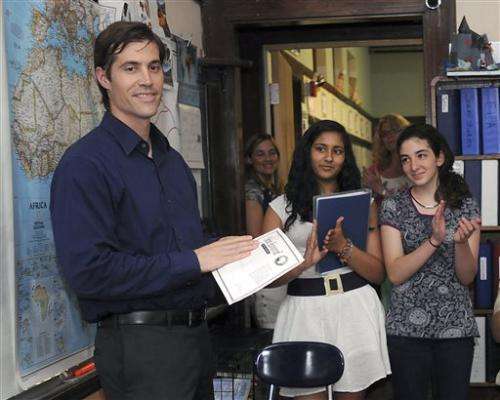Voice, image give clues in hunt for Foley's killer

Police and intelligence services are using image analysis and voice-recognition software, studying social media postings and seeking human tips as they scramble to identify the militant recorded on a video showing the killing of American journalist James Foley.
Prime Minister David Cameron has said the masked jihadi in the recording is likely British. Linguists say his accent suggests he is from the London area.
The Guardian newspaper quoted an unnamed former captive who was held in Raqqa, Syria, as saying he appeared to be one of several British militants—nicknamed "The Beatles" by hostages—charged with guarding Islamic State prisoners.
John O'Regan, a linguist at London's Institute of Education, said Thursday that analysts would likely make a voice print of the speaker and compare it to recordings of known suspects.
He said the militant spoke with a "multicultural London English" accent but with more formal standard English pronunciation, suggesting that his words denouncing American actions in the Middle East had been carefully scripted.
"The person is taking great care to do 'posh talk,' as it were," O'Regan said. "They're very mindful of their p's and q's."
He said that even though the speech differs from the man's normal speaking voice, "there are enough features in the accent" to provide strong clues to his identity.
But he said piecing together the puzzle would need other information as well.
"There is no such thing as a voice print fingerprint," he said.
Peter Neumann, director of the International Center for the Study of Radicalization at King's College London, said investigators would use basic detective techniques to narrow down the field of suspects before voice recognition or other sophisticated technology came into play.
He said most Western militants in Syria have Facebook or Twitter accounts, on which they post pictures of themselves and give away other clues to their origins, such as a favorite soccer team.
"Just because they are Islamic extremists and behead people doesn't meant they don't talk about football clubs," he said.
He said online photos could be analyzed to determine height, weight, eye color and other information.
He said that even though the militants, most in their teens and 20s, know they should be careful, they are so ingrained in online culture that "they let their guard down."
© 2014 The Associated Press. All rights reserved.




















